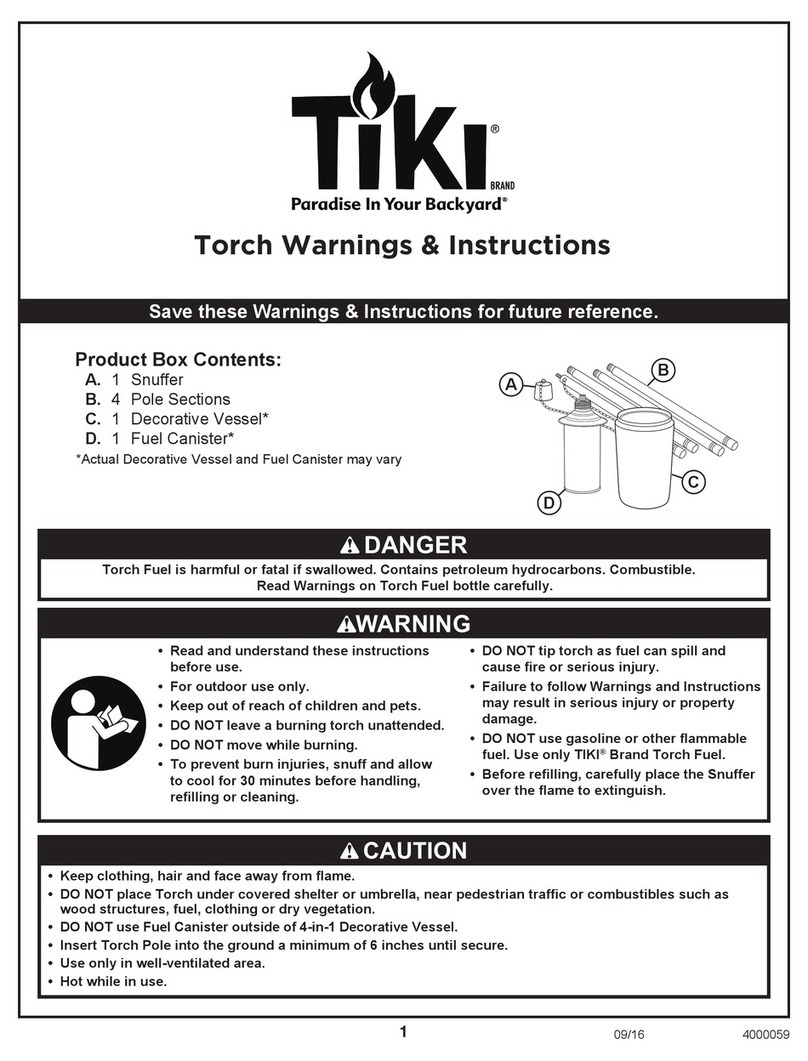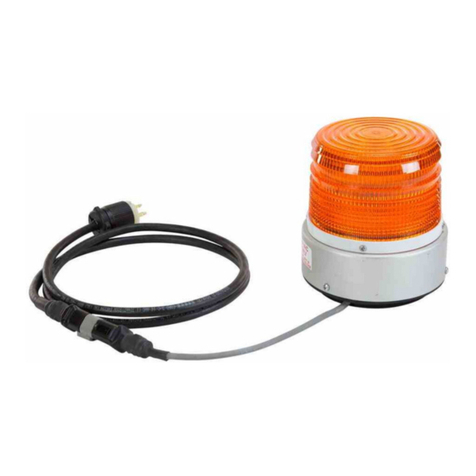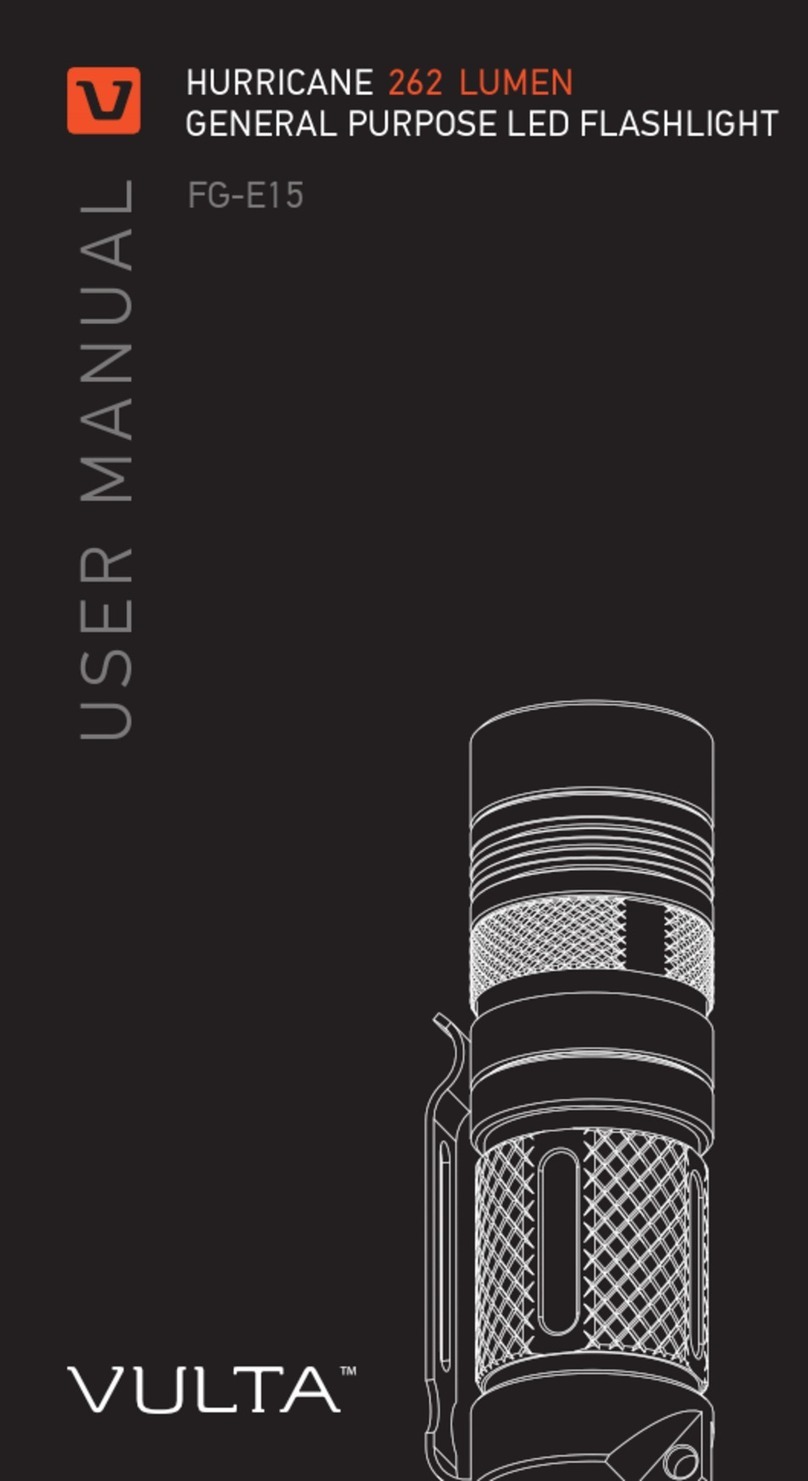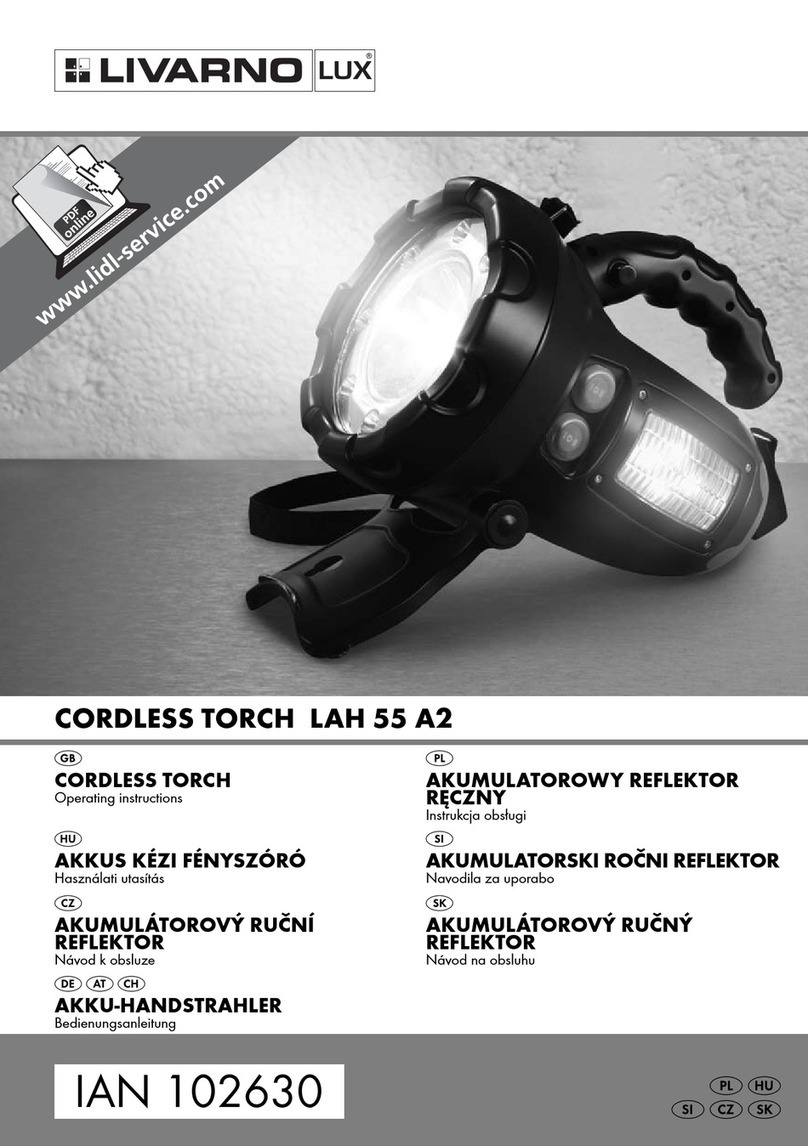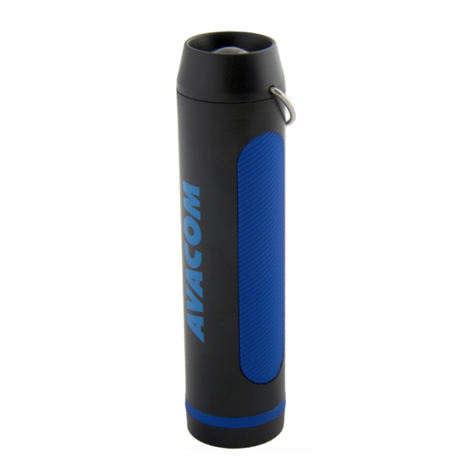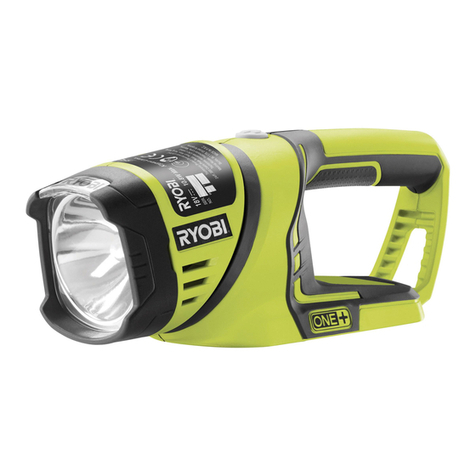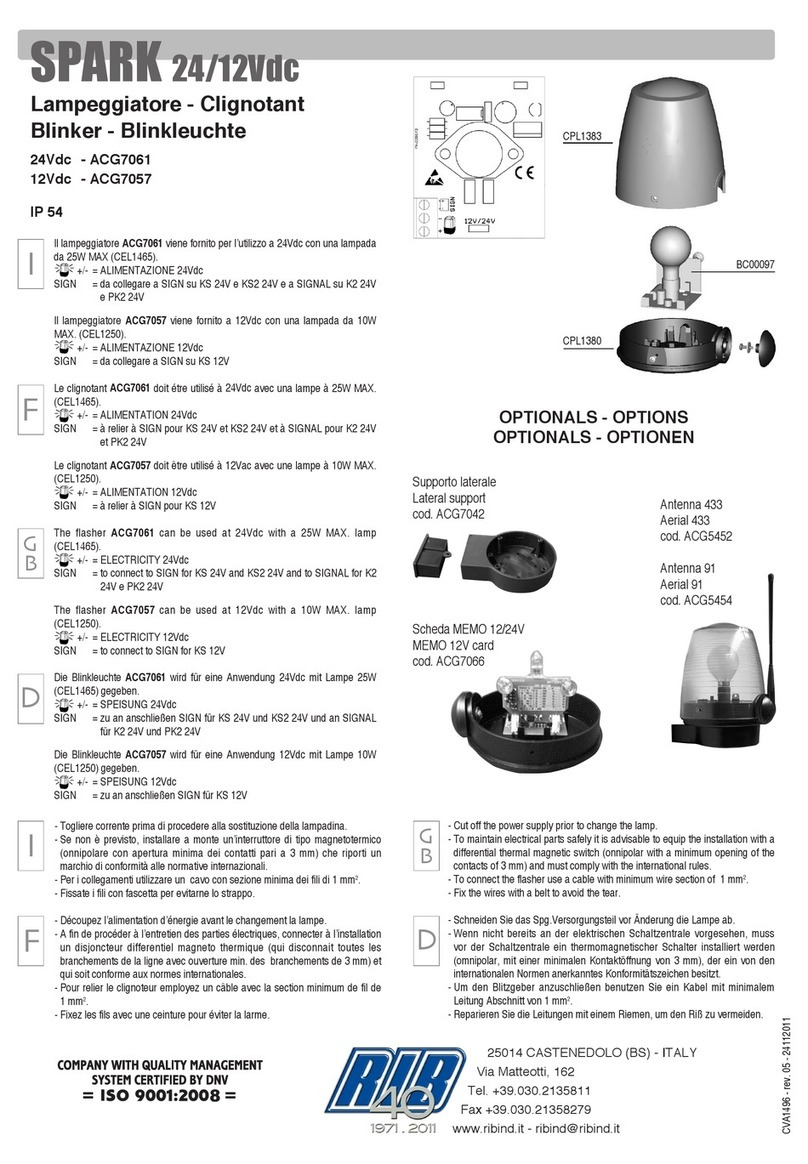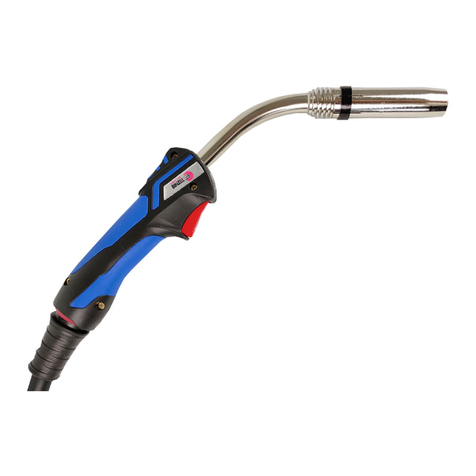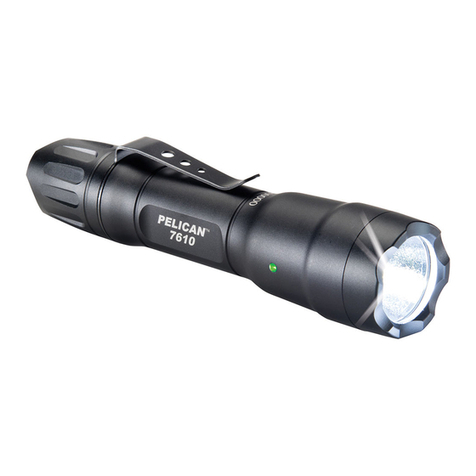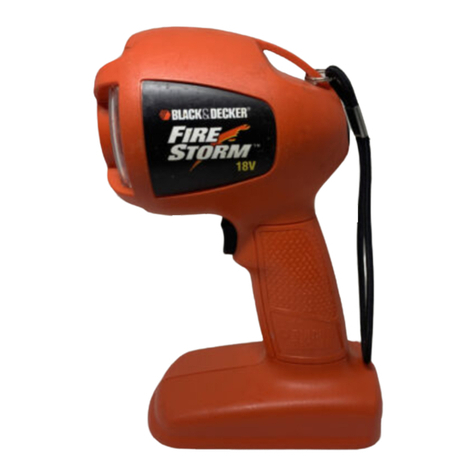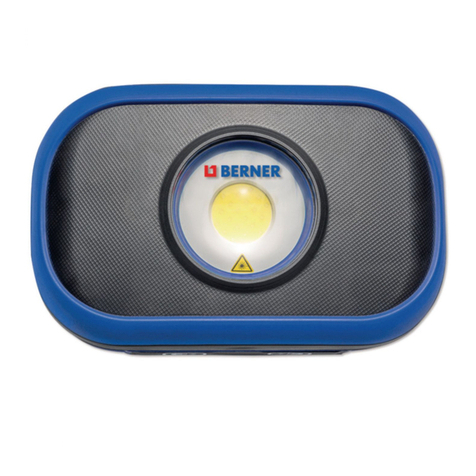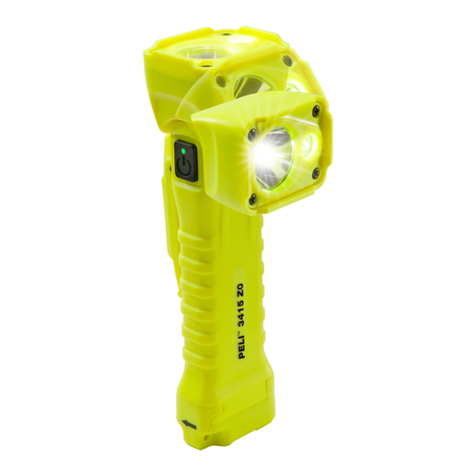
Page 4
THE OPERATION AND MAINTENANCE OF ANY PLASMA ARC EQUIPMENT INVOLVES
POTENTIAL HAZARDS.
PERSONNEL SHOULD BE ALERTED TO THE FOLLOWING HAZARDS AND PRECAUTIONS
TAKEN TO PREVENT POSSIBLE INJURY.
SERIOUS INJURY OR DEATH may result if welding and cutting equipment is not properly installed, used and maintained. Misuse of this equipment and other
unsafe practices can be hazardous. The operator, supervisor and helper must read and understand the following safety warnings and instructions before
installing or using any welding or cutting equipment.
The welding /cutting process is used in many potentially dangerous environments such as elevated heights, areas of limited ventilation, close quarters,
around water, in hostile environments etc., and it is important that the operators are aware of the dangers associated in working in these types of
conditions. Be certain that the operator s) are trained in safe practices for environments in which they are expected to work and under competent
supervision.
It is essential that the operator, supervisor and others in the work place are aware of the dangers of the welding or cutting process. Training and proper
supervision are important for a safe work place. Keep these instructions for future use. Additional recommended safety and operating information is
referenced in each section.
ELECTRIC SHOCK CAN CAUSE INJURY AND DEATH.
Install and maintain equipment in accordance with the National Electric Code NFPA70 and local codes. Do not service or repair equipment with power on. Do
not operate equipment with protective insulators or covers removed. Service or repair to equipment must be done by qualified and/or trained personnel
only.
Do not contact electrically live parts. Do not touch electrode with bare skin and electrical ground at the same time. Always wear dry welding gloves in good
condition. Aluminized protective clothing can become part of the electrical path. Keep oxygen cylinders, chains, wire ropes, cranes, hoists and elevators
away from any part of the electrical path. All ground connections must be checked periodically to determine that they are mechanically strong and
electrically adequate for the required current.
When engaged in alternating current welding/cutting under wet conditions or warm surroundings where perspiration is a factor, the use of reliable
automatic controls for reducing no load voltage is recommended to reduce shock hazard. When the welding/cutting process requires values of open circuit
voltages in alternating current machines higher than 80 volts and direct current machines higher than 100 volts, means must be provided to prevent the
operator from making accidental contact with the high voltage by adequate insulation or other means.
When welding is to be suspended for any substantial period of time, such as during lunch or overnight, all electrodes should be removed from the electrode
holder and the holder carefully located so that accidental contact cannot occur. The holder must be disconnected from the power source when not in use.
Never immerse MIG-torchs, electrode holders, TIG torches, Plasma torches or electrodes in water.
See safety and operating references 1,2 and 7.
SMOKE, GASES AND FUMES CAN BE DANGEROUS AND HAZARDOUS TO YOUR HEALTH.
Keep smoke, fumes and gases from the breathing area. Fumes from welding or cutting processes are of various types and strengths, depending on the kind
of base metal being worked on. To ensure safety, do not breathe these fumes. Ventilation must be adequate to remove smoke, fumes and gases during the
operation to protect operators and others in the area.
Vapours of chlorinated solvents can form the toxic gas "Phosgene" when exposed to ultraviolet radiation from an electric arc. All solvents, degreasers and
potential sources of these vapours must be removed from the operating area.
Fumes produced by welding or cutting particularly in confined places can cause discomfort and physical harm if inhaled over an extended period of time.
Provide adequate ventilation in the welding/cutting area. Use air-supplied respirators if ventilation is not adequate to remove all fumes and gases. Never
ventilate with oxygen, because oxygen supports and vigorously accelerates fire.
See safety and operating references 1,2,3, and 4.
ARC RAYS, HOT SLAG AND SPARKS CAN INJURE EYES AND BURN SKIN.
The welding/cutting processes produce extreme localised heat and strong ultraviolet rays, never attempt to weld/cut without the proper lens that complies
with federal guidelines. A number 11 to 14 shade filter provides the best protection against arc radiation. When in a confined area, prevent the reflective arc
rays from entering around the helmet.
READ
THESE
WARNINGS
PROTECT
YOURSELF
AND OTHERS
